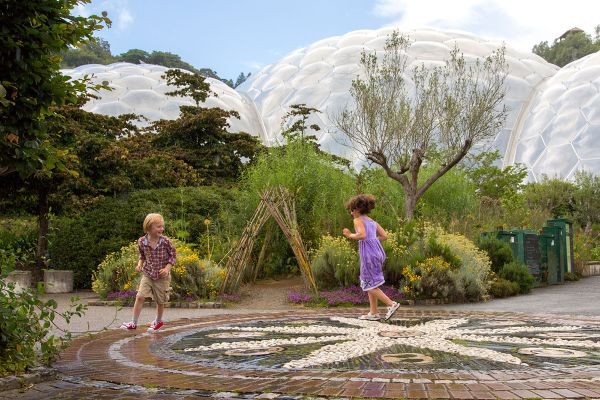The Alchemy of Bioarchitecture
Bioarchitecture is an innovative design technique rooted in ancient form and function: the geometries, processes, and substances of the earth. It’s a hybrid between biology and architecture that bends the rules of design while blowing the minds of observers.
In this second post of the Regenerative Home Design series, Jenny introduces the limitless applications of bioarchitecture and she examines biomaterials currently being explored that are nothing shy of alchemy.
Bioarchitecture - inspiring possibilities for the future of regenerative design.
What Would Mother Nature Do?
Looking to nature for inspiration with an open mind and the curiosity of a child, the bioarchitect’s approach to design begins with the question, “what would Mother Nature do?” Bioarchitects see the natural world as a boundless source of materials, knowledge, and insight. They know that Mother Nature has FAR more to offer than the finite resources traditionally used today.
When paying close attention to nature we see that organisms are confronted by many of the same challenges we are, however they discover solutions sustainably. A bioarchitect looks to nature and studies the innovative ways other organisms and ecosystems overcome challenges.
The results are beautiful structures that blur the lines between natural and man-made. The beauty of bioarchitecture is that it’s not only aesthetically pleasing, it’s also durable, sustainable, and enhances the health of both human inhabitants and the planet.
Principles of Bioarchitecture
Bioarchitects view homes as an extension of the people living inside and aim to integrate these structures within the surrounding ecosystem.
However, in order to design like Mother Nature, you have to think like Mother Nature. You have to understand that nature only uses the energy it needs, it fits form to function, it recycles everything, and it depends on diversity.
The same fundamental components traditionally used in design (function, space, structure, and shape) must be reassessed and viewed through a natural lens.
Function in nature is intimately related to form. One informs the other and together they create a natural world where everything has purposeful reasons for being exactly as they are.
Space in nature determines health, influences competition, and dictates diversity. A thriving ecosystem maintains balance within its spaces.
Structures in nature are developed to always optimize spatial and energy efficiency on a long-term basis.
Shapes in nature are random and unpredictable. Natural shapes are characterized by asymmetry, curved lines, and fractals.
Neri Oxman, a world-renowned bioarchitect at MIT’s Media Lab and founder of OXMAN, explains that there are generally three approaches to biodesign, each distinguished by its relationship with nature. And, just like in nature, you will see overlap between all three approaches. They are:
1) Nature-grown projects that have co-evolved with biology,
2) Nature- informed projects that have co-evolved with materials engineering, and
3) Nature-inspired projects that have co-evolved with digital fabrication.
Read full blog… https://www.pippinhomedesigns.com/you-inspired-living/bioarchitecture














